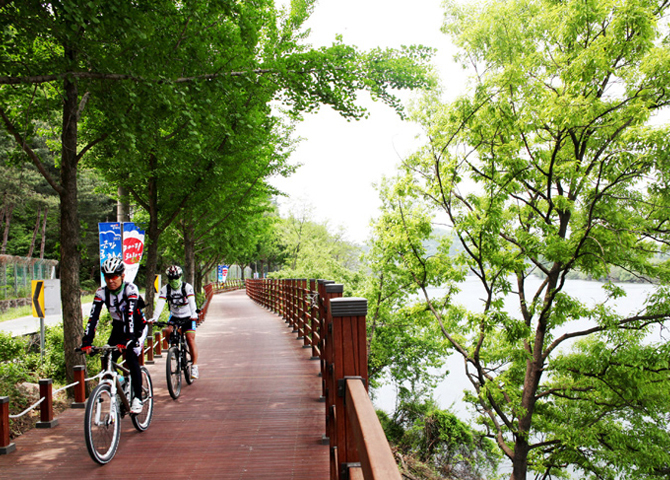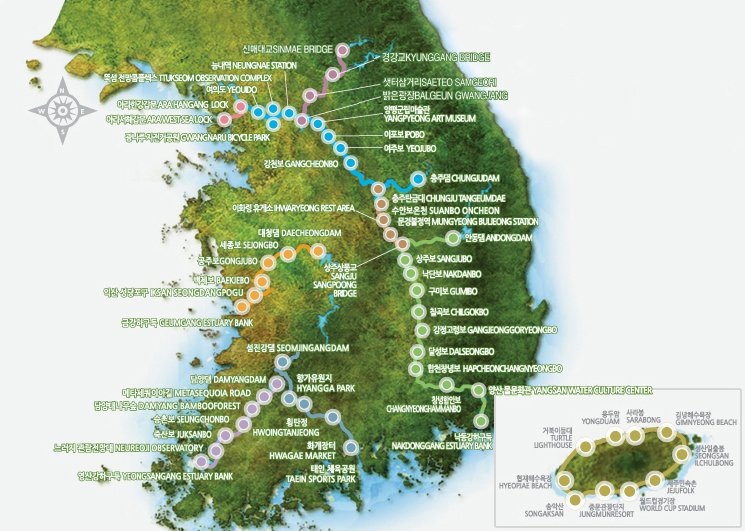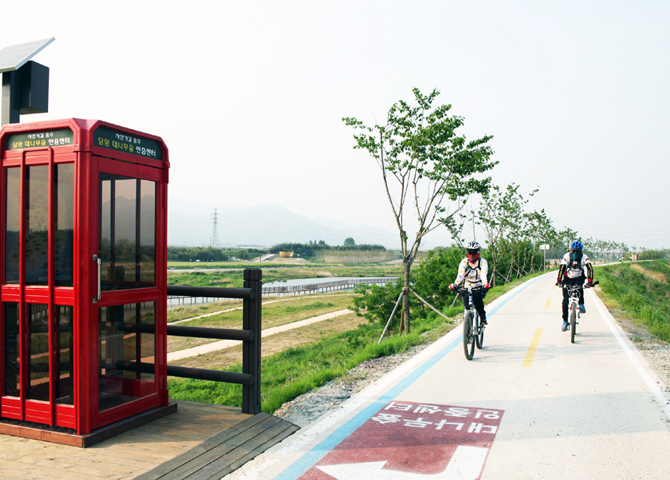
• Flip Book • eNews • eAdventures • eCities • eBikeTypes • eRoad • eMTB • eUrban • eCargo • eBikeTests •

• Flip Book • eNews • eAdventures • eCities • eBikeTypes • eRoad • eMTB • eUrban • eCargo • eBikeTests •
March 31, 2021 - In 2015, an impressive 1,757km network of cycling paths was completed in South Korea. The network follows the country’s four major rivers – Hangang, Nakdonggang, Geumgang, and Yeonsangun – and it connects South Korea from east to west and north to south. Built by K-water, a government agency responsible for water management, the network also helps to rejuvenate areas along the rivers and protect areas from floods.

One of the most popular segments of the network runs between Seoul and Busan, South Korea’s two most populous cities. Spanning about 600km, the route is mostly flat and comprises paved bicycle paths, with a few on-road sections where vehicle traffic is low. The route is well-marked with signage.

Deemed suitable for all ages, the most challenging part of the 4 Rivers Path is its overall length. Participants can apply for a medal and a certificate to celebrate the achievement of cycling the full pathway. Proof of completion is collected with a series of passport stamps at certification centres along the way. These red booths also usually have bicycle parking, tire inflation pumps and areas to rest, as well as free Wi-Fi.

A mix of campgrounds and hotels are available for overnight accommodations, and there is no shortage of riverside views. One attraction that is sure to be a highlight for cycling enthusiasts is the Sangju Bicycle Museum, home to a large collection of bicycles of all types and sizes, as well as an overview of the history of bicycles in South Korea.
Several websites and blogs recommend riding the route around October, in between South Korea’s cold winters and hot summers.

Thanks to a new law passed in 2018, pedal-assist e-bikes are now categorized as regular bicycles in South Korea. They are permitted on cycling infrastructure across the country as long as they meet special requirements, including a maximum speed of 25kph and a maximum weight of 30kg.